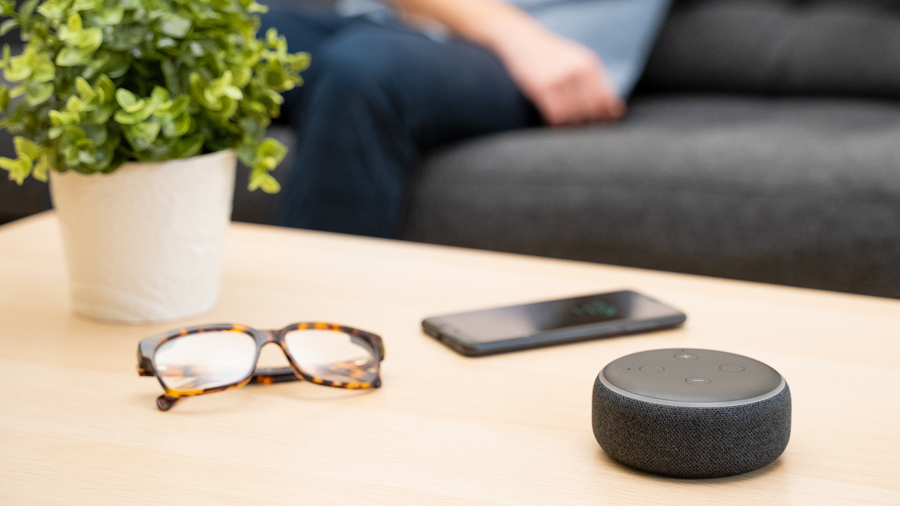In response to current events, your business may be faced with the challenge of quickly putting a work-from-home program in place for your employees. Here’s the hard part: those employees will be largely on their own, with varying degrees of technical knowledge, connecting from their own home networks and accessing corporate data and resources. You need not only to get them connected, but equip them to work productively, with ample security in place so you don’t put your organization at unnecessary risk.
Considering the Alternatives
The best-practices approach — under normal circumstances — is to distribute preconfigured corporate-owned laptops. Aside from the expense, time might be the bigger issue in our current situation as businesses everywhere are rushing to equip remote workforces. Currently, the time from order to delivery of new laptops is around 15-30 days, for some suppliers.
A tempting short-term fix is to allow employees to connect to corporate resources directly using their own personal home computers, laptops, or tablets. However, this exposes corporate assets to a wide variety of risks that are outside of your control. These risks include outdated or insufficient endpoint protection, access of confidential data by others in employee households, and rogue devices on a poorly secured home network — among other threats.
The Right Technology, Right Now: Virtual Desktop Infrastructure
Virtual Desktop Infrastructure (VDI) is a widely used remote access approach with many advantages. With VDI, employees use their personal devices to access a virtual desktop — a computer that they control remotely. They view the screen, and control it via mouse or keyboard. The approach is much less expensive than provisioning and distributing laptops, and far more secure than a direct connection. With VDI, business owners can:
- Provision remote access for tens or hundreds of users cost-effectively with a cloud-hosted solution
- Allow secure access by a wide range of employees’ personal devices, from home PCs to laptops and tablets to smartphones
- Tightly control access by combining standard login credentials with multi-factor authentication (MFA) to guard against weak or compromised passwords
- Keep corporate data off of personal or public networks — the corporate data only appears superficially onscreen, and never actually enters or is stored on the user’s personal device
- Provide a familiar environment and business access —the virtual desktop can be configured to look and behave exactly like an office-based system, with access to all corporate applications and data stores, productivity, email and collaboration software
At FIT Solutions, we can quickly set up a VDI for your employee remote access. It is housed in our data center in a private cloud, with all essential security measures provided. We connect the virtual desktops to any applications or data you need, whether those are in another public or private cloud, or in your own data center with access protected through a secure point-to-point VPN.
Have questions? We have the answers. For more information or to get started right away, give us a call at 888-339-5694. We’re also offering a free Remote Workforce Readiness assessment, which you can find here.


